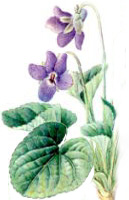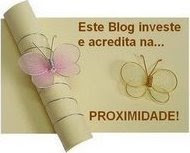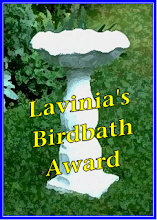 my photoGREENBOTTLESome of us will choose a plant for its beautiful form, colour or texture and some of us will choose a plant for its scent. In my garden I love Eryngium, the sea holly, which I would mark 10 out of 10 for form, colour and texture, but would mark 0 out of 10 for its scent. It doesn't smell at all pleasant.
my photoGREENBOTTLESome of us will choose a plant for its beautiful form, colour or texture and some of us will choose a plant for its scent. In my garden I love Eryngium, the sea holly, which I would mark 10 out of 10 for form, colour and texture, but would mark 0 out of 10 for its scent. It doesn't smell at all pleasant.I wasn't surprised to see this greenbottle actually looking quite beautiful, on one of my plants the other day. Found in all kinds of habitats they are attracted, not only to flowers, but dung and carrion. Need I say more!
Enlarge the photo, this greenbottle looks like he is wearing a pair of shades. Cool or what!

























































































